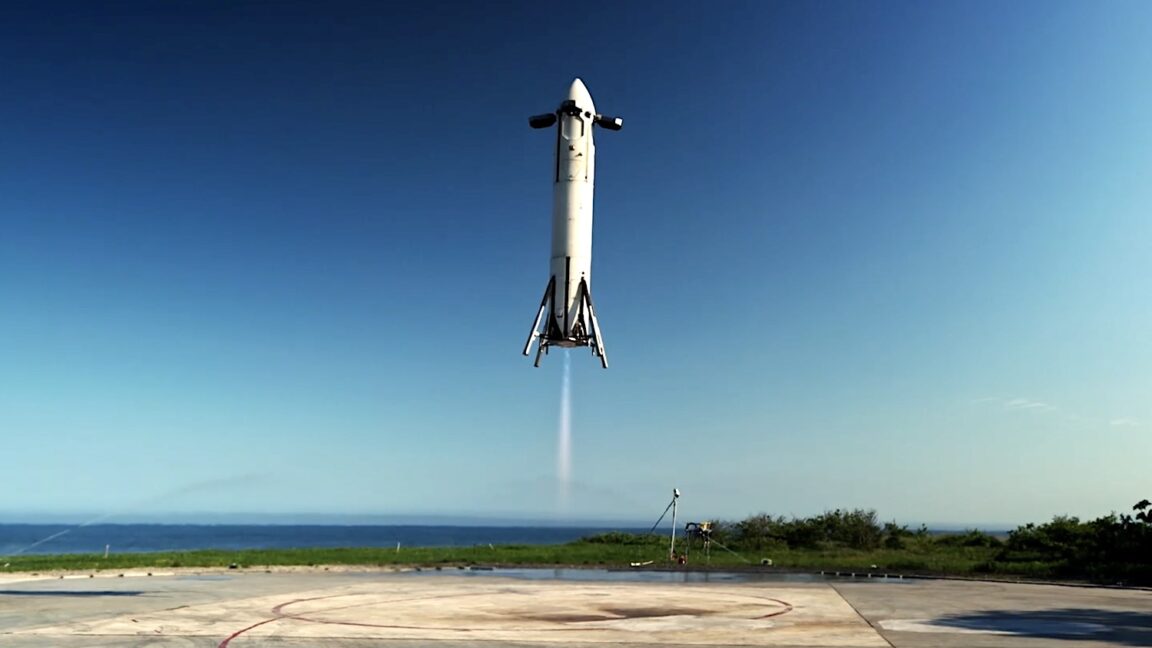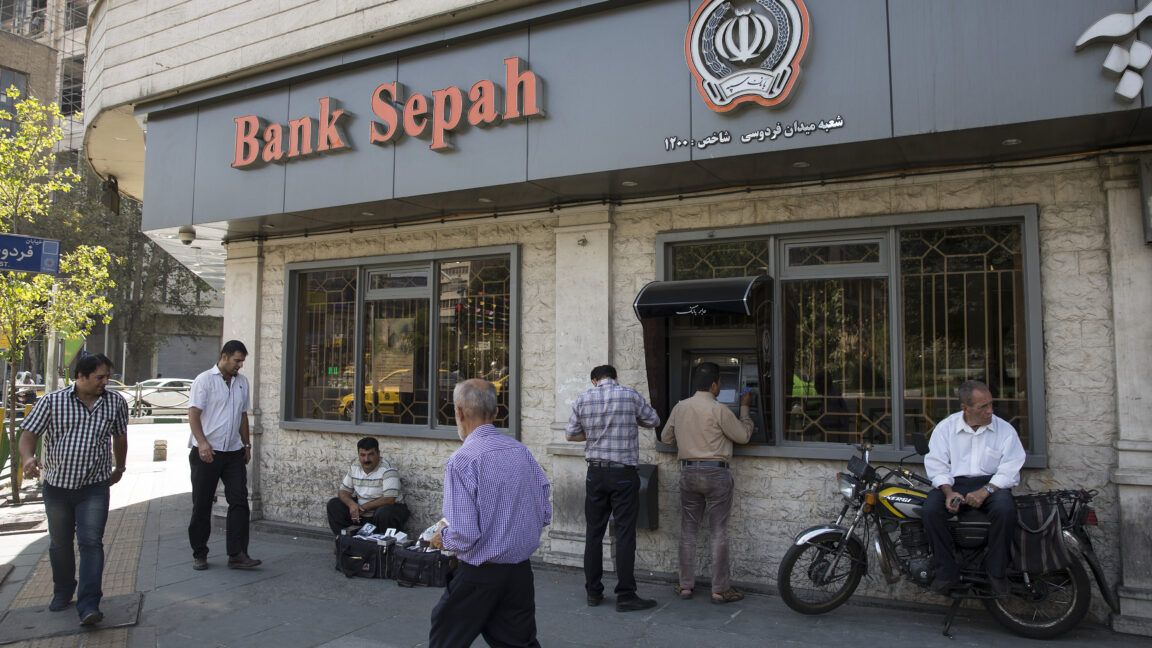
SpaceX’s next Starship rocket exploded during a ground test in South Texas late Wednesday, dealing another blow to a program already struggling to overcome three consecutive failures in recent months.
The late-night explosion at SpaceX’s rocket development complex in Starbase, Texas, destroyed the bullet-shaped upper stage that was slated to launch on the next Starship test flight. The powerful blast set off fires around SpaceX’s Massey’s Test Site, located a few miles from the company’s Starship factory and launch pads.
Live streaming video from NASASpaceflight.com and LabPadre—media organizations with cameras positioned around Starbase—showed the 15-story-tall rocket burst into flames shortly after 11:00 pm local time (12:00 am EDT; 04:00 UTC). Local residents as far as 30 miles away reported seeing and feeling the blast.
SpaceX confirmed the Starship, numbered Ship 36 in the company’s inventory, “experienced a major anomaly” on a test stand as the vehicle prepared to ignite its six Raptor engines for a static fire test. These hold-down test-firings are typically one of the final milestones in a Starship launch campaign before SpaceX moves the rocket to the launch pad.
The explosion occurred as SpaceX finished up loading super-cold methane and liquid oxygen propellants into Starship in preparation for the static fire test. The company said the area around the test site was evacuated of all personnel, and everyone was safe and accounted for after the incident. Firefighters from the Brownsville Fire Department were dispatched to the scene.
“Our Starbase team is actively working to safe the test site and the immediate surrounding area in conjunction with local officials,” SpaceX posted on X. “There are no hazards to residents in surrounding communities, and we ask that individuals do not attempt to approach the area while safing operations continue.”
In a separate post on X, SpaceX’s founder and CEO, Elon Musk, wrote that preliminary data suggests a high-pressure nitrogen tank failed inside Starship’s payload bay. Many rockets have such tanks, or composite overwrapped pressure vessels, containing high-pressure gases used for purging and pressurizing different compartments inside the vehicle. These tanks, or COPVs, can be finicky. SpaceX engineers blamed hardware associated with COPVs for the only two catastrophic failures of the Falcon 9 rocket in 2015 and 2016.















Leave a Reply